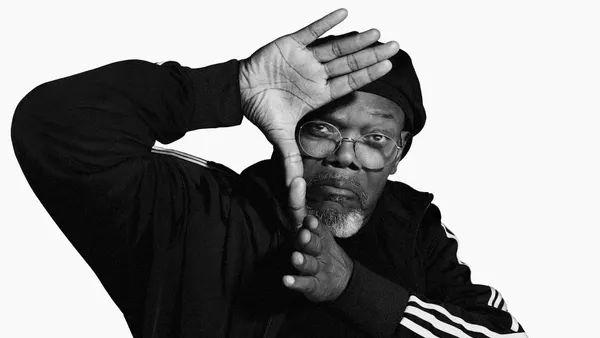Younger generations have always been self-absorbed. At least, that’s what literature has suggested throughout history. More than 2,000 years ago, Socrates famously stated, “The children now love luxury; they have bad manners, contempt for authority; they show disrespect for elders and love chatter in place of exercise.”
Today, boomers and Gen Xers say similar things about millennials. But that might reveal more about their own mindsets than who they critique.
Self-absorption or individuality?
Data does show that those under 40 are relatively into themselves. But it’s not about narcissism and self-centeredness — it’s about expressing individuality and embracing unique, authentic experiences.
Experiences like that even happen online. Streaming music and video services use collaborative and content-based filters to recommend songs and shows. What the individual users and like-minded peers consume influences what the algorithms suggest. This keeps them engaged and subscribed.
Successful retailers follow suit in e-commerce. Industry leaders actively seek to understand wants and needs, and empathically offer solutions. Millennials expect relevant, personalized recommendations. They crave individuality versus off-the-rack, one-size-fits-all options. They’ll reward brands with loyalty. And personalized experiences are easier than ever to deliver.
Cloaking themselves in individuality
It’s still common to see new “Millennials are killing…” articles, blaming the generation for sinking every industry, from motorcycles to casual dining. But is it this generation’s fault, or the companies that don’t adapt?
It’s not the strongest that survive — it’s those most willing and able to change. Traditional companies that do so reap the benefits. Nike ranks number one in the top 100 millennial brands. Nike is doing its part for these generations by letting customers customize sneakers, from laces to soles. Brands that evolve to offer options like these remain relevant.
Blurring online and offline realities
Millennials exhibit these patterns and preferences in the offline world, too. They’re more open to an overlap between digital and real-life experiences than previous generations.
Millennials are twice as likely to sport a FitBit, Apple Watch or other wearable fitness device. They constantly quantify activities with these trackers, then make plans and set goals based on the numbers.
They don’t necessarily prize the idea of unplugging. In fact they seek a constant, efficient balance between online and offline, tech and nature, work and play — and sometimes the balance blends it all together.
Retailers can track consumers’ behavior online and off, then communicate accordingly. To connect with millennials, marketers blend digital and traditional media, with an empathic understanding of what motivates individuals day-to-day.
One-to-one marketing
Millennials are even more likely than other age groups to want custom coupons. The difference is they don’t just wait for offers to show up in their mailbox or inbox. And they don’t clip whatever’s in the Sunday flyer. Close to half of millennials (48%) download specific coupons from digital deal sites — much higher than the U.S. average of 36%.
That’s because they know what they want and where to find it. Retailers can anticipate those searches and purchases through data, then serve up unique deals. Millennials want offers customized for them, and delivered directly to them. Even if artificial intelligence and algorithms do the work, most consumers appreciate such offers as if they were hand-picked. That’s what an empathetic mindset can do for business.
Connected personalization
When predictive digital and personalized print marketing techniques work hand-in-hand, it resonates with millennials. To stay competitive, retailers need to embrace and integrate both the digital and print side of marketing.
For example, if a customer abandons an object in the shopping cart on a retailer’s website, the marketing team acts, sending the customer a personalized coupon for that item. It’s a tangible reminder of the item they wanted to purchase, and an incentive to follow through if they were on the fence.
It isn’t just about balancing print and digital marketing. Geofencing uses a device’s GPS to trigger notifications or text messages with information or deals to customers in the vicinity of a brick-and-mortar store.
Insightful empathy
Gone are the days of the digital or print approach. To adapt to the millennial consumer and survive, retailers have to use the best of both. Personalized content is easier to deliver with an openness rooted in empathy — gaining insight into consumers’ circumstances and motivation.
Personalization is the new status quo. And it’s easier than ever to implement. Instead of condemning younger generations who don’t stick to how it’s always been, retailers need to innovate and embrace the new multichannel, consumer-focused reality — to do more than what’s expected, through empathy.









